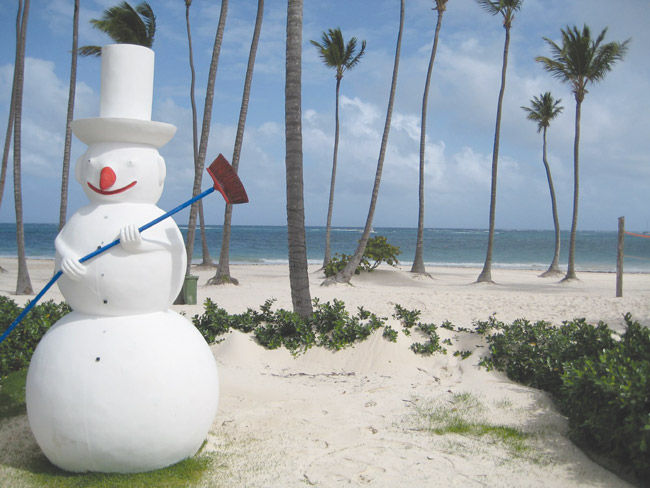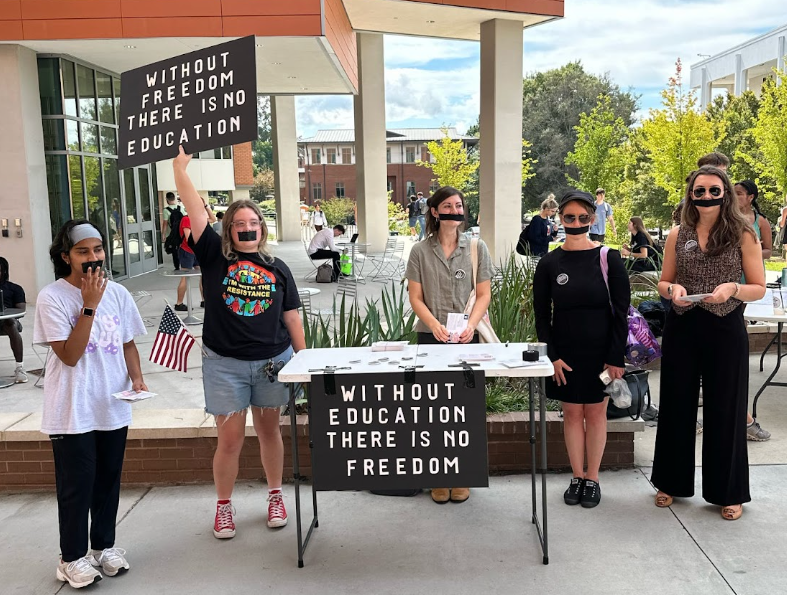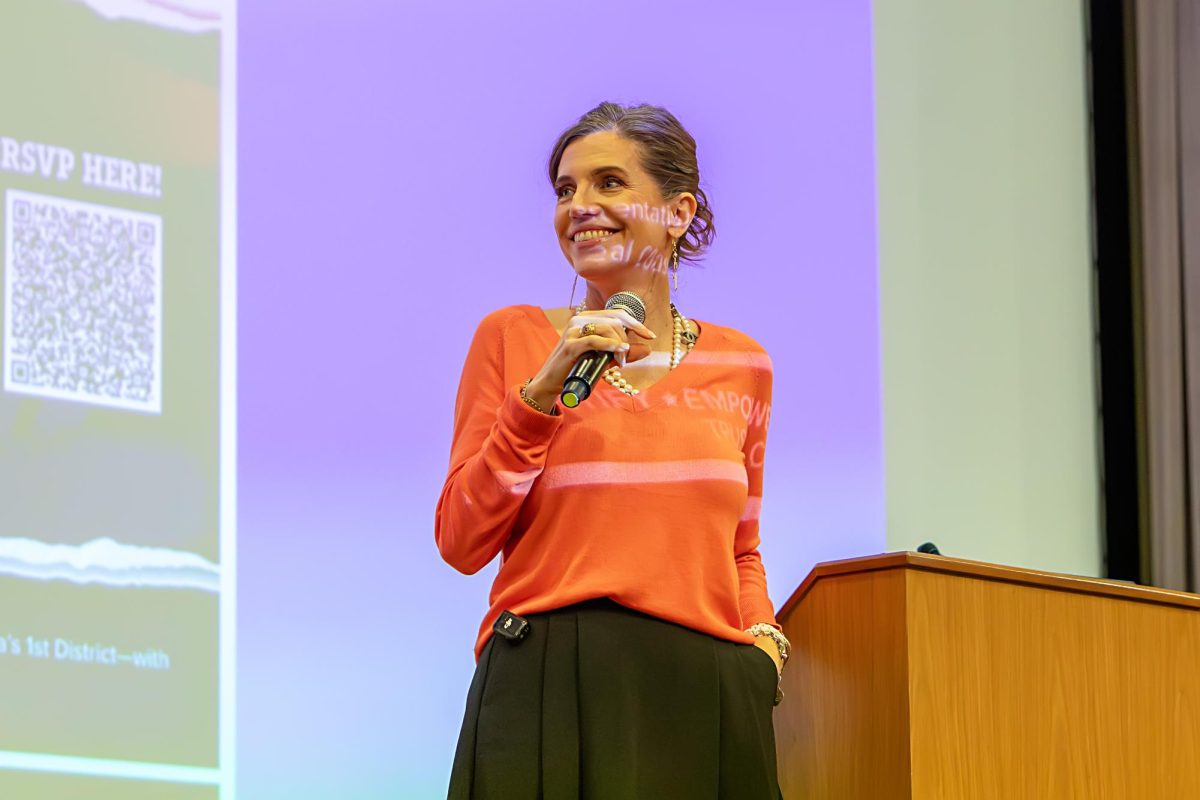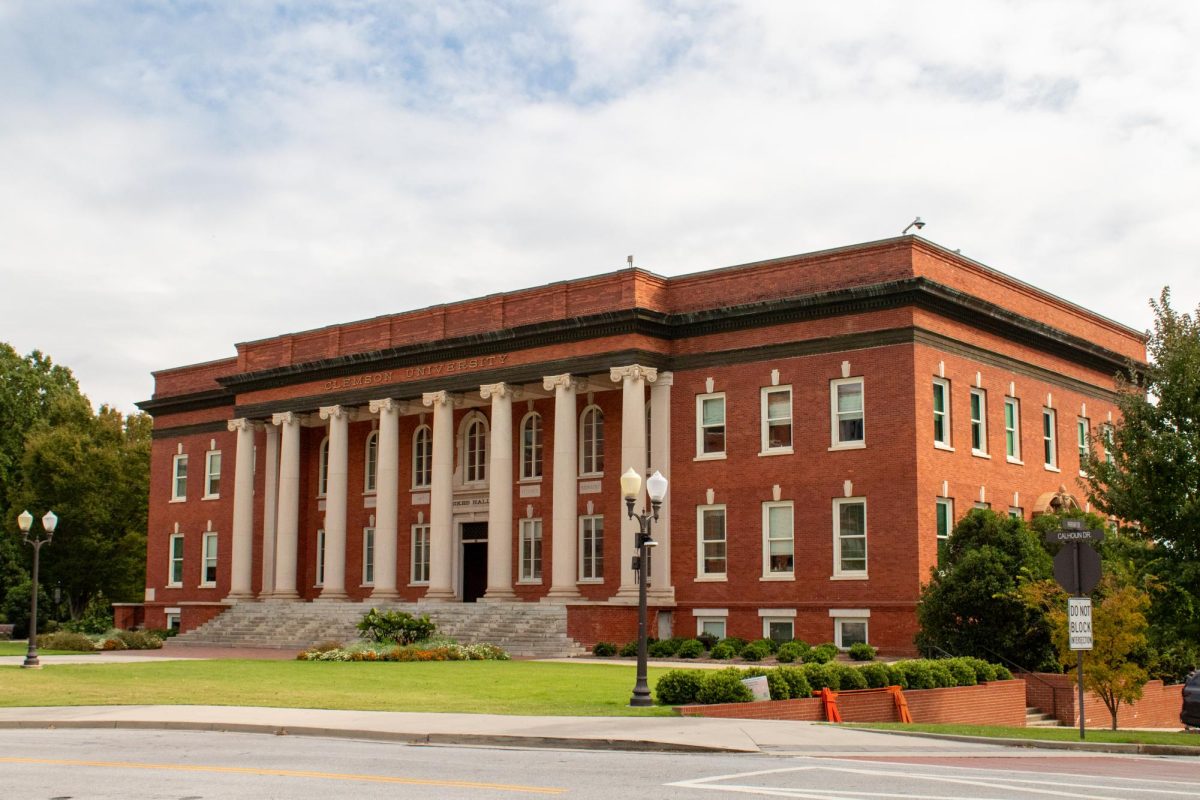When I woke up on Dec. 25, 2015, a part of me suspected the end was nigh. Greenhouse gas emissions, holes in the ozone, invasive species, deforestation, melting glaciers and mass extinction. Everything had led to this: Christmas at 76 degrees Fahrenheit. The planet simply could not take any more.
Fortunately, I was wrong about the end of the world, but I think you’ll agree that the weather this year has been baffling. In fact, even the trees are confused, according to a phenology study published in March 2015’s issue of Nature by Buitenwerf, Rose and Higgins.
Phenology is the study of seasonal changes in the natural world, like hibernation for bears or migration for birds. An important phenological process in trees is the growth and death of leaves. According to the paper, climate change has seriously altered that process.
The researchers analyzed thirty years’ worth of global phenological data and found evidence of moderate to severe changes in leaf phenology on 95 percent of the Earth’s land surface. The most intriguing finding is how varied these severe changes were.
In northern sub-Arctic regions, for example, trees grew leaves earlier in the year, resulting in an earlier spring, while in more southern sub-Arctic regions, trees lost leaves later in the year, resulting in a later fall. Photosynthesis rates reduced in some parts of South America, while they increased in other parts.
So why all of this variation?
Phenological responses to climate change aren’t uniform because climate change isn’t uniform. For example, temperatures are increasing most rapidly in arctic and high elevation regions. In some southern areas, temperatures have actually decreased in recent years.
The same phenomena is occurring with precipitation. Both precipitation and temperature are ways that trees measure the change of seasons. When the rains come later than usual or when the temperature increases earlier than usual, trees delay or accelerate their physiological processes to match.
In short, the trees are confused.
The worst of it is that it’s confusing everybody else on the planet, too. While we might enjoy seeing beautiful flowers in December, those flowers will be dead by the time pollinators take to the air in Spring to find nectar that they won’t taste this year. The creatures of the world are linked by their phenologies and depend on each other to be on time, much the same way that Clemson students depend on the CAT bus.
When one party isn’t on time, everybody suffers. A green Christmas could be the harbinger of extinction, which means the end of the world for somebody.









